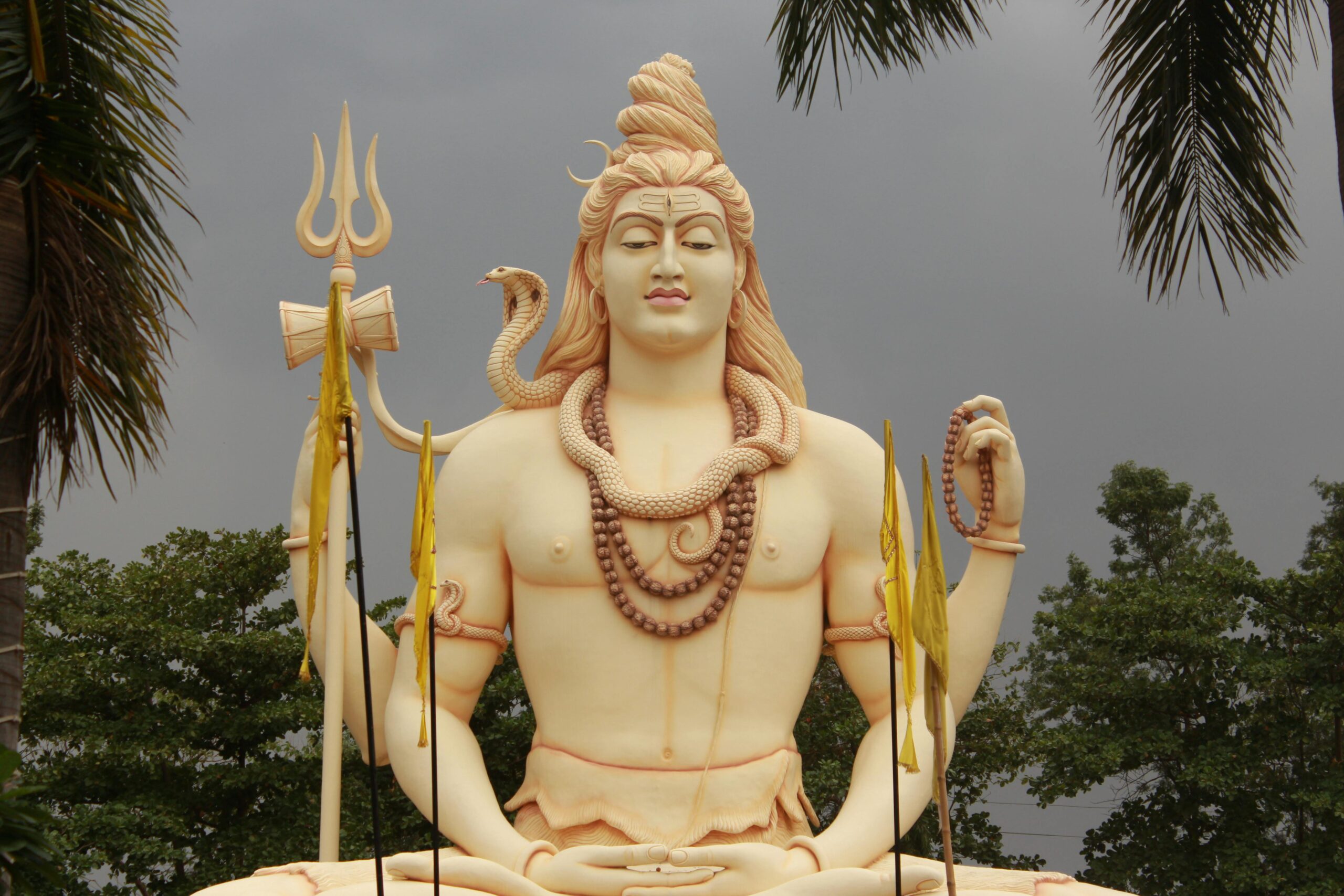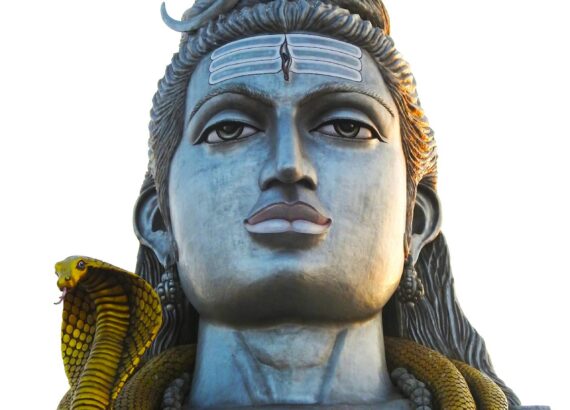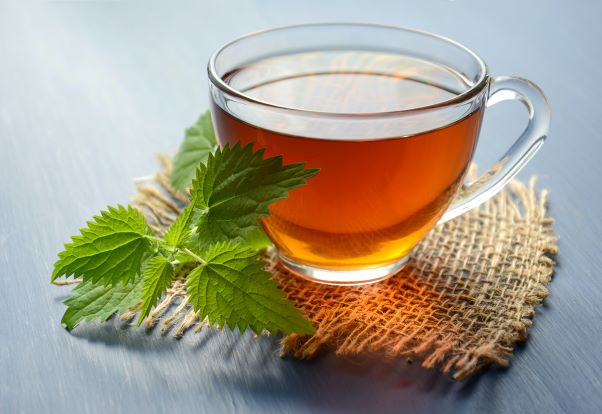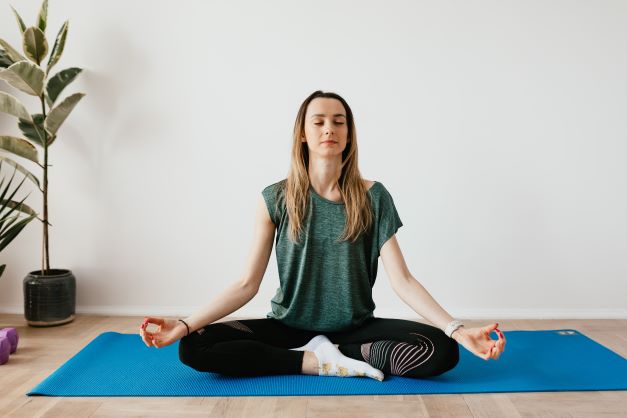Kapalbhati and its numerous benefits
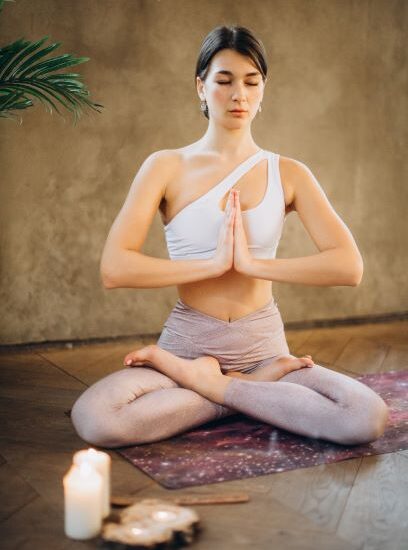
What is Yoga:
Yoga literally means “union.” Yoga can be traced in ancient Indian philosophy and it is 5,000-year old practice which tries to unite body and mind. It incorporates numerous styles of physical postures, breathing techniques, and meditation.
The word ‘Yoga’ is synonymous with ‘asana’ which is a Sanskrit term. It is translated as “posture” or “pose” i.e. it’s a body posture. Asana is the actual physical practice of yoga poses. In modern context, it involves different types of exercise, like standing, twisting, and balancing of body.
Another word which is synonymous with Yoga is Pranayama. In Sanskrit, “prana” means life energy and “yama” means control. Pranayama is the practice of regulating breath, which is aimed at both physical and mental wellness. Pranayama involves purposely inhaling and exhaling, and holding of our breath in a specific sequence.
In yoga, pranayama involves practices like physical postures (asanas) and meditation (dhyana). These practices bring the prime benefits of yoga. The practitioner inhales, exhales, and holds the breath in a specific sequence. The goal of pranayama is to connect our body and mind. It also supplies our body with oxygen while removing toxins.
Why Yog is in vogue:
With the fast pace of life and changed lifestyle our body fails to respond quickly to all the changes of modern life. Our overwork and hectic lifestyle slowly make our body sick. This slowly leads to weakened immune system. So, it has become very important to boost our immune system so that our body is fit and fine, and is always ready for the challenges of life. Due to the strong immune system, we can thwart the challenges in the form of some infection. The best way to strengthen our immune system is pranayama. Pranayam basically includes Kapalabhati, Anulom-Vilom, Bhastrika, Bhramari and Udgith.
Kapalbhati Pranayam
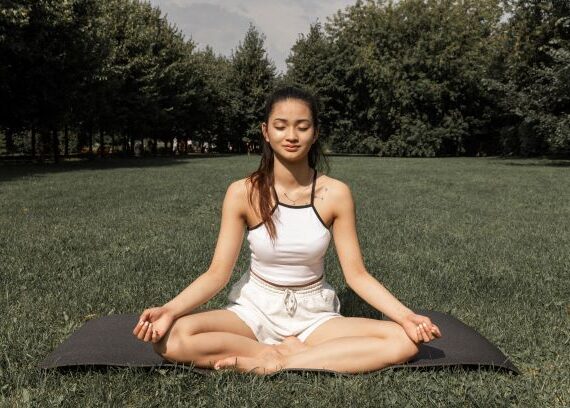
‘Kapalbhati’ comes from the word ‘Kapal’ (forehead) and ‘Bhati’ which means ‘to shine’. So, the proper interpretation of Kapalbhati Pranayam is “Shining head”. It is possible to get a glow or shine on the head only if you practice this pranayam every day. This means that your forehead does not just shine from outside but Kapalabhati pranayama will help your intellect too as it makes our brain sharp.
With the continuous practice of Kapalabhati Pranayam, all the organs of the body are freed from the toxic element.
How to do Kapalbhati Pranayam
First of all, sit in Siddhasan, Padmasan or Vajrasan with your palms on your knees and straight back. Now take a deep breath to inflate your chest. Then pull your stomach inward and along with the breath breathe out with force. As you release your abdominal muscles, the breath automatically goes to the lungs. While doing Kapalabhati Pranayama, make sure that the breath taken inside comes out in one stroke. While doing Kapalbhati Pranayama, you can feel the contraction of the abdominal muscles as you place your hand on your stomach. As you do this pranayama, think that all your negative emotions are leaving your body along with your exhale.
Benefits of Kapalbhati Pranayam; Give a new touch to your wellbeing
- Kapalabhati Pranayama removes toxins from your body.
- Kapalabhati increases metabolism and helps in reducing weight
- Kapalabhati helps in activating abdominal muscles, which is beneficial for diabetic patients
- Kapalabhati improves digestion. All stomach related problems like constipation, gas, acidity also get cured.
- Kapalabhati helps in transmission of nutrients to the entire body
- Kapalabhati purifies sinuses and energizes our brain
- Kapalabhati soothes our mind.
- Kapalabhati purifies our respiratory tract, as a result respiratory diseases get cured
Precautions in doing Kapalabhati Pranayama
Patients suffering from hernia, epilepsy, slip disc, back pain should not do this pranayam. In case of a recent stomach surgery, consult yoga experts before deciding to do this pranayam. During pregnancy and right after delivery, women should not do this pranayama. During menstruation this pranayam should be avoided. In case of suffering from hypertension, you should do this pranayama only under the guidance of a yoga trainer.
(The content of this article is for informational purpose only. It cannot be a substitute for advice from a medical practitioner. Read DISCLAIMER for more…)
Read also: How to keep your lungs healthy
